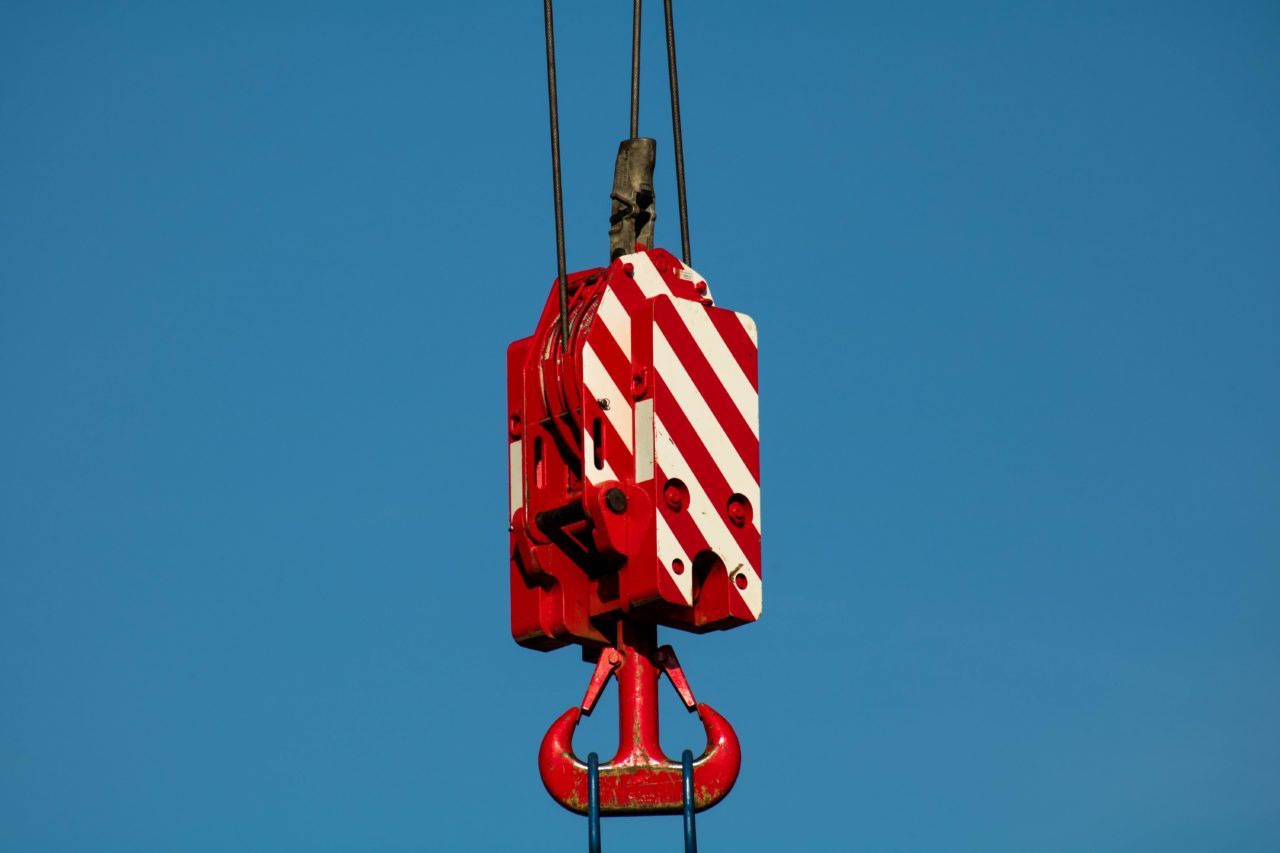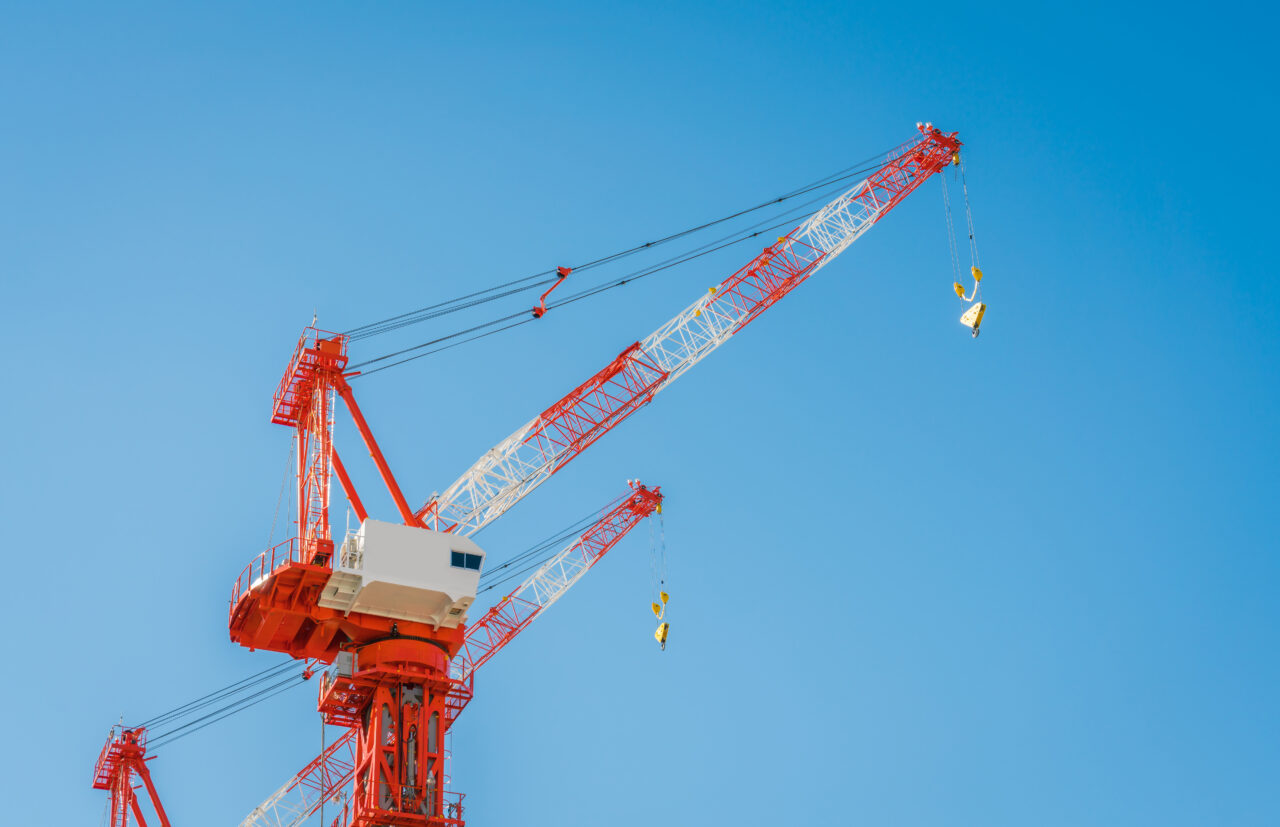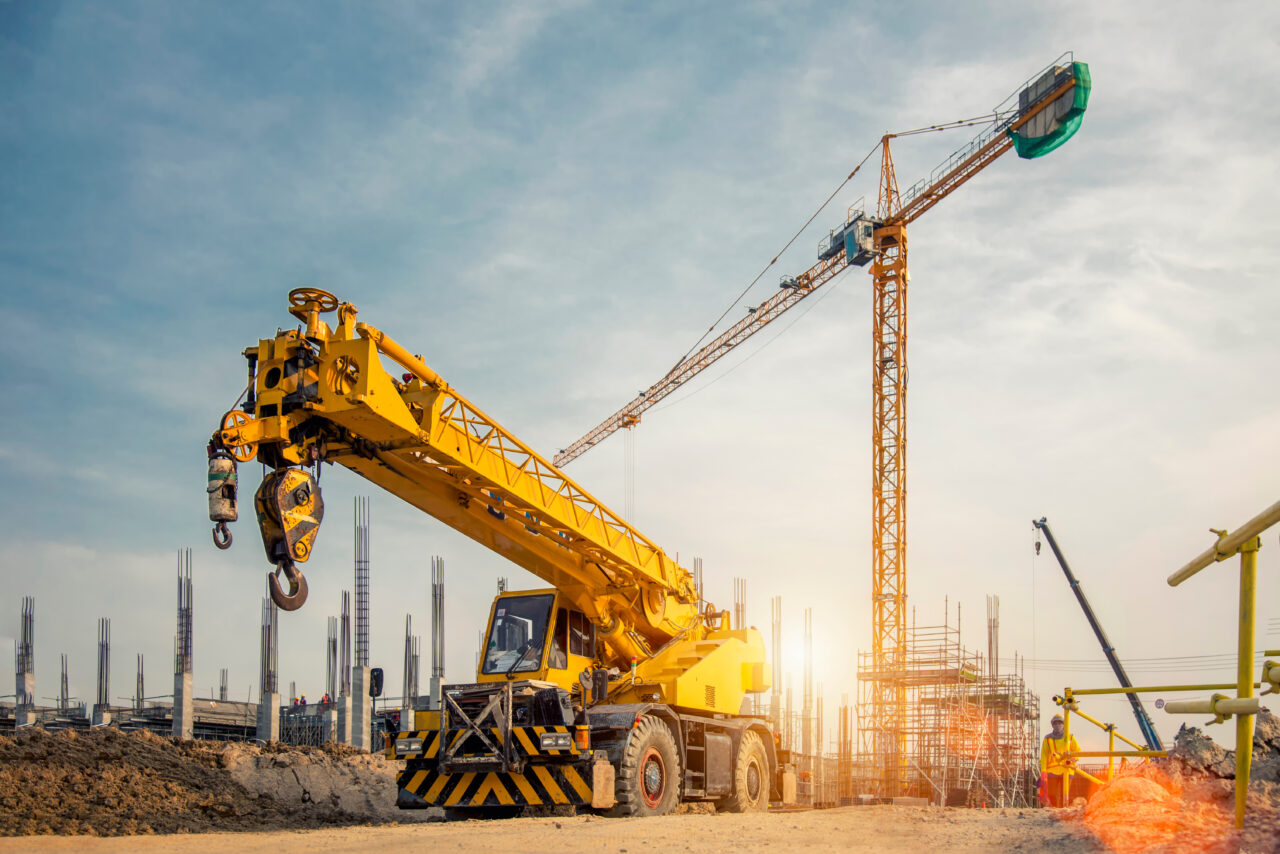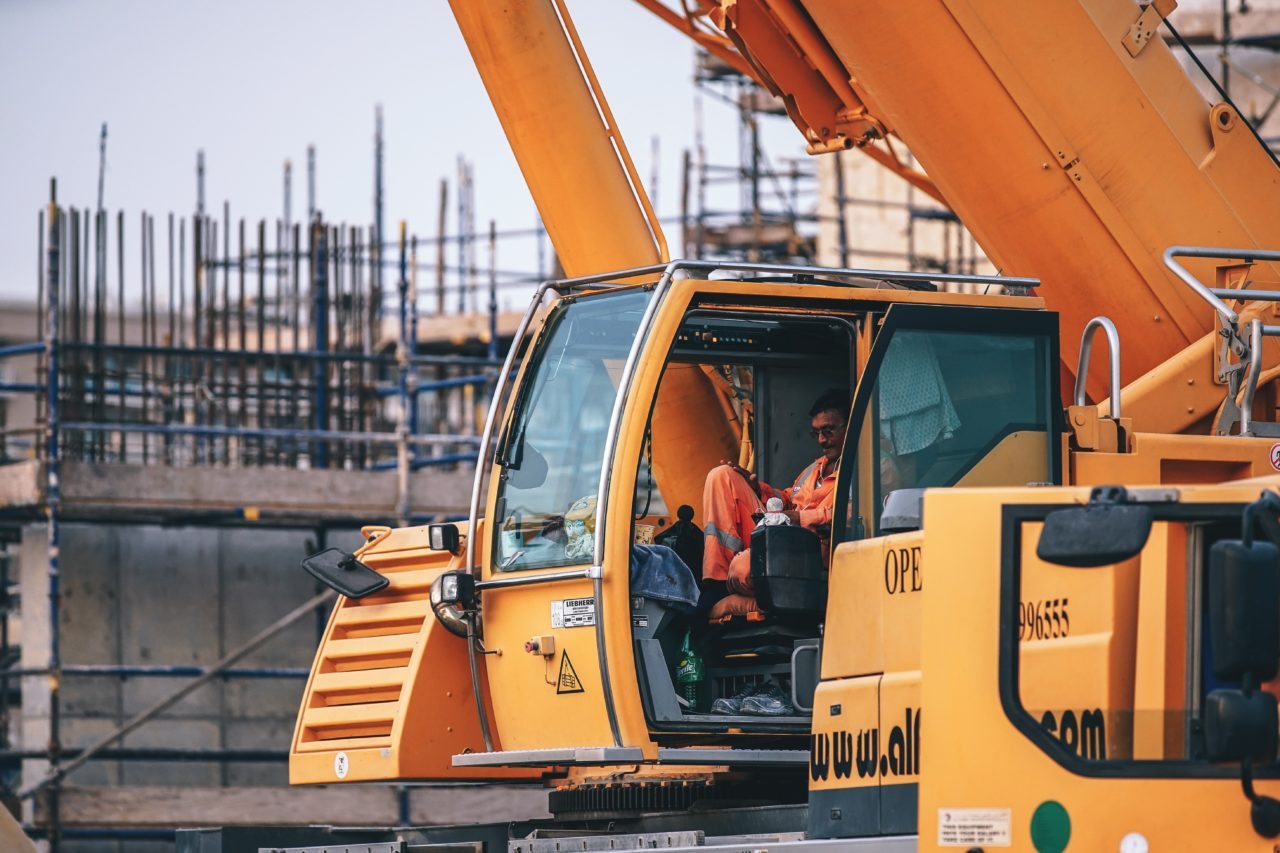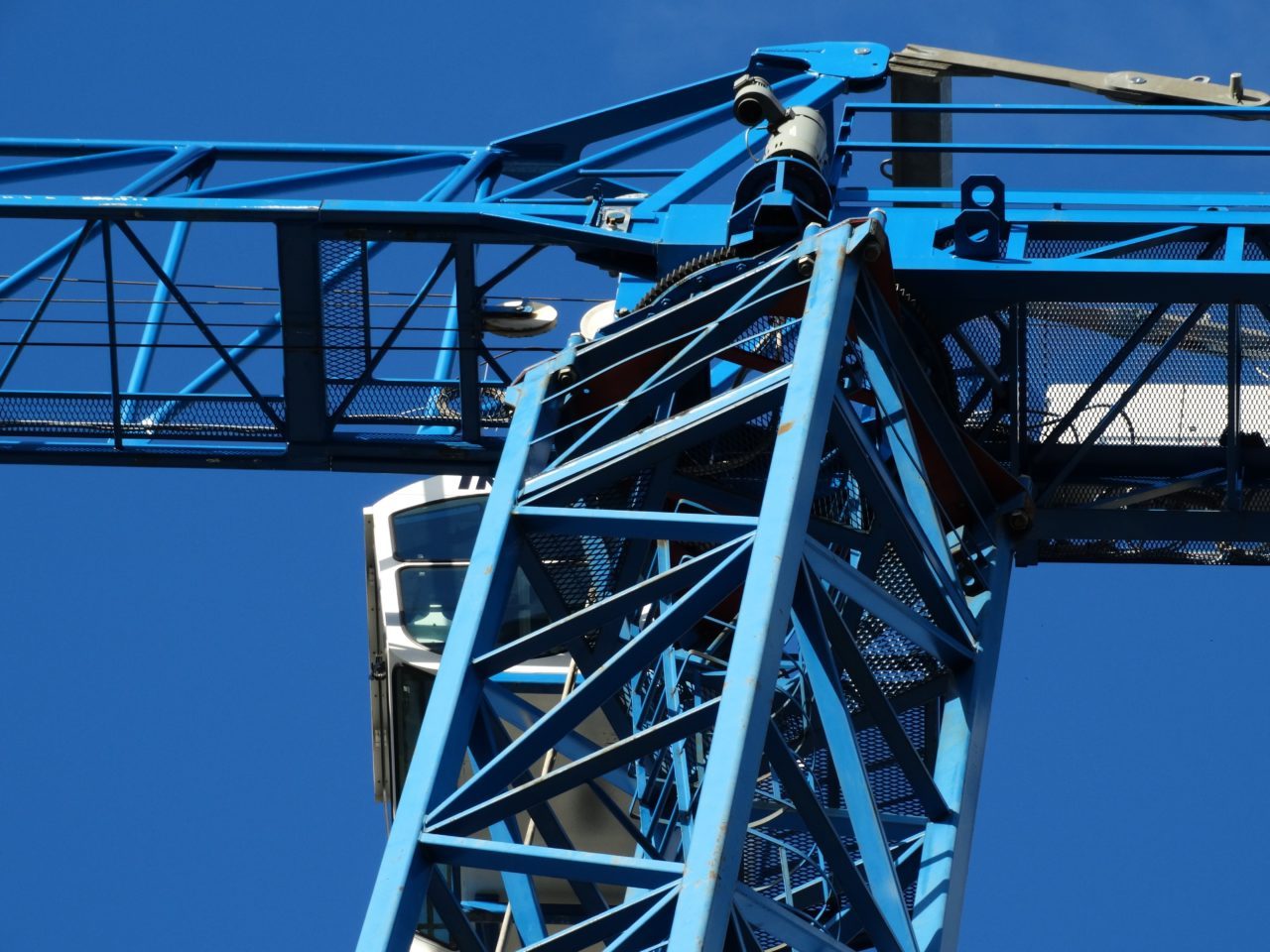Crane rigging equipment plays a crucial role in lifting and moving heavy loads in a construction or industrial setting. But cranes need the right type of rigging equipment in order to safely move objects around a job site.
Here are five of the most commonly used types of crane rigging equipment that you should know before tackling your next big project.
Rigging Hooks
Rigging hooks are used to lift any heavy objects. They get attached to the object and are designed to prevent slippage when the heavy load is lifted into the air. Rigging hooks are normally made with steel and come in many different shapes and sizes. Some common types of rigging hooks are eye hooks, clevis hooks, and swivel hooks.
Wire Rope Slings
Wire rope slings are made of steel cables coiled tightly together to form a rope-like lifting device. These are extremely strong and can come in several different diameters, depending on the size of the load being lifted.
Wire rope slings are often used with hooks, clips, and more to attach and move a heavy load. Some downsides of wire rope is that it has a lower strength to weight ratio when compared to synthetic materials. It is also difficult to inspect and repair if broken, and can be susceptible to corrosion from the elements.
Synthetic Lifting Slings
Synthetic lifting slings are similar to wire rope slings, except they are made with materials like nylon or polyester instead of metal wire. These are lighter in weight, easier to handle, and offer more flexibility and shock absorbance than wire rope. Oftentimes, they are also much cheaper and easier to maintain.
Synthetic slings have a bit more applications than wire ropes, however. They can also be used to strap down and secure construction materials since their material won’t scratch or damage any delicate loads. A downside of synthetic slings is that they’re more susceptible to cuts and tears, which can’t always be repaired.
Pulleys and Blocks
Pulleys and blocks are used together to lift extremely heavy objects without any excessive force. They often use wire ropes that are looped through the pulley and attached to swivels, eye hooks, or clamps to connect to and lift other hardware. There are several different types of blocks, including snatch blocks, swivel blocks, tilt up blocks, and square blocks.
Eye Bolts and Steel Nuts
Eye bolts serve as an anchor point for various rigging applications. They are often made from steel and can come in a few different models:
- Shouldered eye bolts – These are designed with a shoulder in between where the eye and shank join together. The shoulder design reduces bending and stress, making these the ideal option for lifting heavy objects at an angle.
- Non-shouldered eye bolts – These are the plain eye bolts without a shoulder, and are good for lifting objects vertically but not at an angle.
Steel nuts also work in tandem with eye bolts as an anchor point. Some of the frequently used models are:
- Hex nuts
- Dome nuts
- Lifting eye nuts
- Ball end nuts
- Wing nuts
Heavy-Lifting Crane Rigging Services in San Francisco
Looking for some assistance on your next big construction project? Sheedy Drayage Company has been providing custom heavy-lifting services around the Bay Area since 1925.
Please give us a call at (415) 648-7171 to learn more about what we can do for you.

